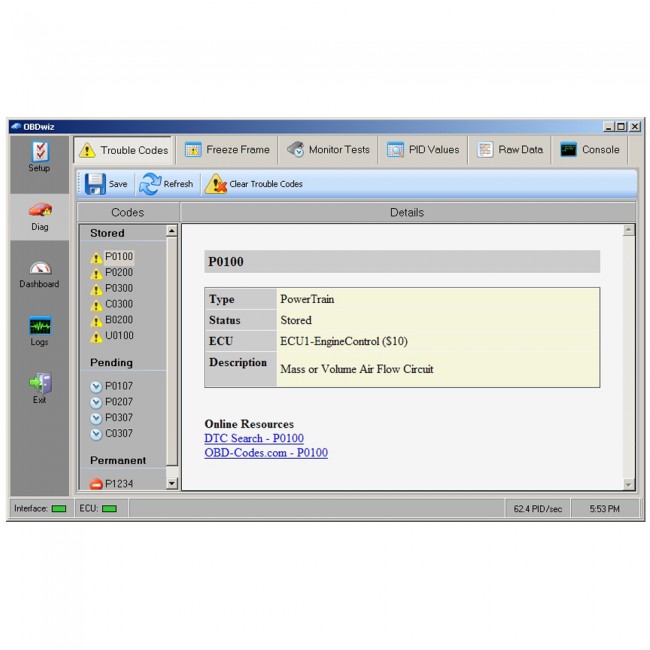

Be careful to watch the road as you do this. Then, drive the car and see what the gauge does. Locate the oil pressure sending unit on the engine (the parts store can sometimes tell you where it is), remove it and follow the instructions that come with your universal oil pressure gauge to hook it up. You can buy an inexpensive universal oil pressure gauge from an auto parts store. So, how do you determine which one is at fault, the gauge or its sender?

The gauge does receive its data from a simple sending unit on the engine and those sending units do go bad quite frequently. Repairing a dashboard or gauge is usually beyond the scope of DIY car maintenance. Oil Pressure Problemĭashboard gauges do occasionally go bad, but it is very rare. Besides, modern cars are designed to use very thin oil anyway. If installing a thicker viscosity oil raises the oil pressure, then something major is wrong inside the engine. Top it off.Ĭontrary to popular thinking, using an engine oil that is too thin will not make the gauge reading erratic on an engine that is in good mechanical condition. Some cars do not hold much oil to begin with, so as little as 1 quart (or so) low can make the gauge reading erratic. Check Your Oil Level FirstĬars do get low on engine oil, especially now that we no longer have full-service gas stations to check it for us. Let’s follow a logical trouble-shooting procedure to figure out why your oil pressure gauge fluctuates while driving. If something is wrong with the engine, it can mean a greater problem than looking for the nearest gas station. So, what should you do when the oil gauge fluctuates while driving? When the fuel gauge shows empty, we know there is a few more miles left in the tank. So your oil pressure gauge fluctuates while driving? People instinctively do not believe dash gauges. Advertisement What to Do When Your Oil Pressure Gauge Fluctuates While Driving


 0 kommentar(er)
0 kommentar(er)
